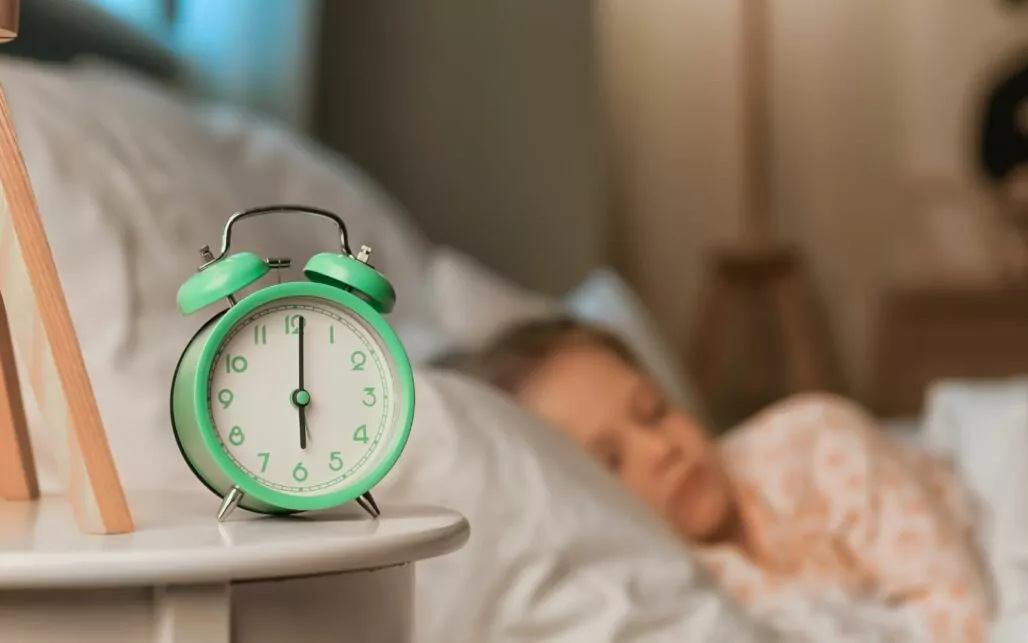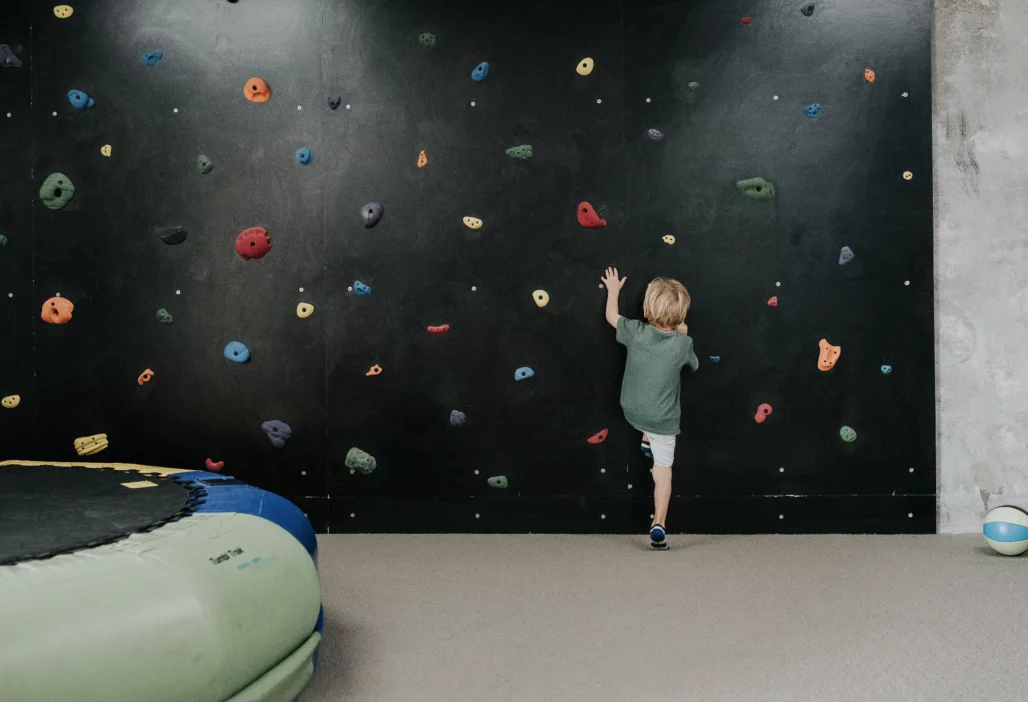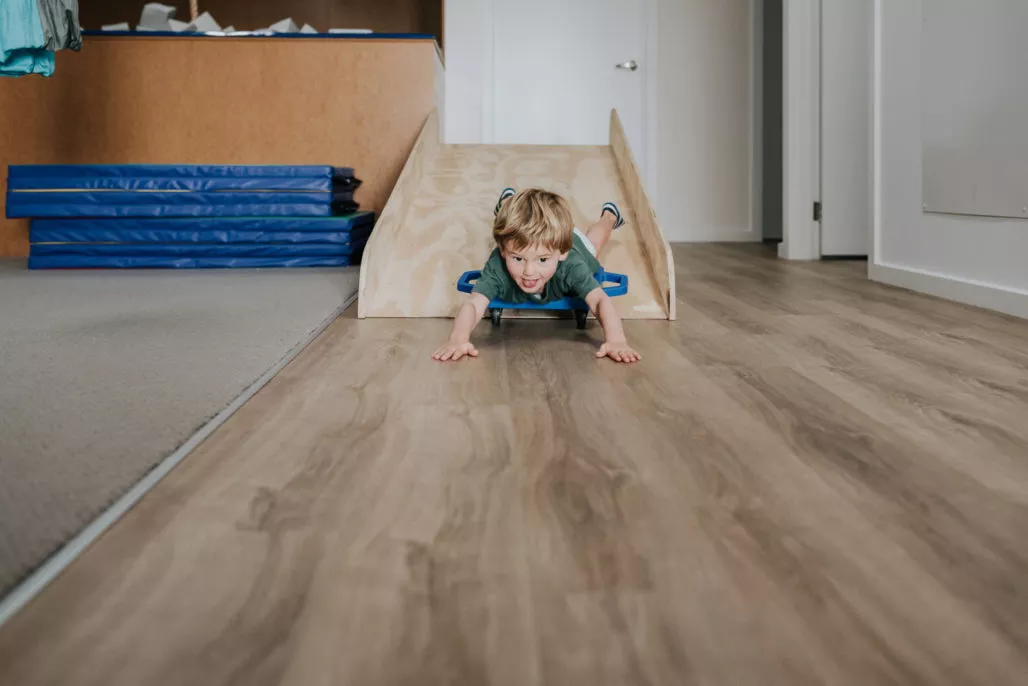
5 Sleep Factors That Are Especially Important for Neurodivergent Children
When it comes to children and their sleep, parents the world over often have similar struggles. From difficulty getting their children to sleep to waking frequently during the night, ensuring a good night’s sleep for our little ones is rarely easy.
But for parents of neurodivergent children, the challenges can be more complex and multi-layered. The evidence is becoming increasingly clear that neurodivergent children – particularly autistic children and ADHDers – are especially susceptible to challenges relating to sleep health.
In fact, in 2019, the most extensive study into autistic children and their sleep concluded that 80% of participants experienced disruptive sleep. The study conducted by Monash University also revealed that autistic children are twice as likely to have trouble sleeping compared with neurotypical children or those with other developmental conditions.
While there are a number of general tips that parents may be given with regard to sleep, there are some key factors that parents of neurodivergent children should pay particular attention to. Here we outline the 5 key factors to explore when considering how to approach improving the sleep health of your neurodivergent child.
1. Sensory Preferences
In the aforementioned study, it was posed that sensory sensitivities may be a factor in disrupted sleep in autistic children. It suggests that understanding and adapting for your child’s sensitivities may be an essential step in getting your child to sleep quicker and for longer.

It is important to note that these sensitivities may not be directly related to sleep itself. While there may be more obvious sleep-affecting sensory factors (such as not liking the feeling of the sheets or pajamas or needing the sleep environment to be just right), there are a number of things that you could consider when assessing the sensory sensitivities that may be affecting sleep in your household.
A great place to start in your exploration is to think about the elements of your evening routine. Does your child hate the taste of their toothpaste? Or experience big emotions during shower/bath time? Or even have a difficult time eating dinner? Consider and start to diarise anything that dysregulates your child in the hours leading up to bedtime because it could reveal a key factor contributing to your child’s sleep-related challenges.
2. Nutrition
It likely comes as no surprise to you that nutrition would play a role in the sleep health of your child – and it’s likely that you’ve already explored (or are continuing to explore) foods that work for your child.
And while food may be overwhelming for your household, equipping yourself with some strategies to support your child in eating a balanced diet – which includes sleep-promoting foods and reduces foods that may keep children awake at night – is a great first step.

There have been a number of sleep and diet studies conducted, and some of the findings can help you develop a plan for increasing or decreasing your child’s intake of certain foods as you explore how they impact your particular child. And while you may already include or eliminate these foods to mitigate certain behaviours, it might be valuable to understand their importance in relation to sleep too.
Here are some suggestions you may like to try:
- Reduce sugary foods and drinks. Sugar and high-fructose drinks are huge contributing factors to poor sleep health. (2019 Sleep Study)
- Eat wholemeal toast or porridge before bed. Complex carbohydrates) are a great supper snack as they release serotonin. (2021 Sleep Study)
- Switch high-fat foods for lower fat foods. High-fat foods decrease sensitivity to orexin, which helps regulate the body’s sleep clock. (2019 Study). You could experiment with switching high-fat foods in your child’s diet to lower fat alternatives. Eg, sweet potato oven-baked chips to replace deep fried potato chips,
- Eat low-protein foods in the evenings. High-protein foods should be avoided before bed as they can take a while to digest which can disrupt sleep. (2016 Sleep and Diet Study). So, try including things like fruits, vegetables and grains into your child’s evening food intake.
- Consider sandwich fillings. Processed foods such as cheese and processed meats contain properties that stimulate the brain. (2013 Sleep Study). So, if you use these foods for sandwiches, consider a switch to cooked chicken breast, tuna or another less-processed option.
In addition to this, there are a number of foods that may be helpful in promoting sleep, including:
- Bananas
- Eggs
- Leafy greens
- Grapes
- Milk
- Honey
While this is all very useful to know, we understand that for parents with neurodivergent children, making changes to your child’s diet may come with challenges of its own.
There are a number of things that you can do to support your child in embracing these changes including:
- Offering new foods with their existing ‘safe’ foods
- Making food fun with interesting shapes or designs
- Exploring foods in a sensory capacity outside of mealtimes
Ultimately, you know your child best and you know what’s best for your family. Mealtimes can be stressful, so start small and continue to monitor sleep as you experiment with what works for your family.
Related: Try our Cooking OT at Home Program to empower your children with food
3. Routine
Routines are vital for all children but even more so for those who have trouble managing transitions. With the transition from day to night and going to bed being one of the day’s biggest transitions, it is clear to see why a predictable and consistent bedtime routine is essential.
Many neurodivergent children feel highly supported by routines and rituals, and with each child’s individual requirements being different; helping them create and maintain a bedtime routine that works for them is a key factor in developing positive habits that support sleep health.

Many traditional bedtime routines will include bath, brushing teeth, putting on pajamas, story time and sleep, but your child might need additional steps to help regulate their body for sleep.
Additional steps may include things like:
- Turning on the nightlight as a signal that we are now winding down
- Listening to ABC Kids Listen Bedtime stories or their preference of calming music
- Bedtime yoga or stretches
- Journalling or drawing as a way to move thoughts or worries out of their minds
The science behind routines
As adults, we make 30,000 choices a day, and many of these are subconscious and automatic, based on habits that we have formed over the years. For our children though, they only make around 3000 decisions.
The key difference is that children often consciously have to think about many of these decisions which can lead to decision fatigue. This decision fatigue can lead to dysregulation and meltdowns, especially when it comes to the end of the day at bedtime.
With routines and repetition, a child’s actions are more able to become automatic and subconscious, meaning they don’t have to access the decision-making portion of the brain, allowing for a smoother transition to bedtime.
4. Underlying Medical Conditions
There is research to suggest that autistic children are more likely to have genetic mutations that are linked to insomnia or that control the sleep-wake cycle. Some autistic children also have lower levels of melatonin, the hormone which controls sleep.
So, with that said, there are a number of things that may be worth further exploring with your medical professionals to rule out any potential underlying medical conditions that may be impacting sleep health.

For example:
- Gastrointestinal disorders – these are more than much more common in children with autism than in neurotypical children.
- Epilepsy – is prevalent in up to one-third of children with autism (compared to only affecting 1-2% of the general population).
- Obstructive sleep apnoea – can be caused by enlarged tonsils, dental issues, or birth defects
- Snoring – children who snore loudly and regularly should be assessed by their doctor
- Sleepwalking and bedwetting – usually resolve on their own but should be discussed with a doctor if persistent.
- Night terrors – up to 30% of children experience night terrors and they can be brought on by stress. They usually resolve on their own but this highlights the importance of a calming bedtime routine.
- Restless Leg Syndrome – can be caused by an iron deficiency and is often underdiagnosed in children. If your child has an overwhelming urge to move their legs that increases at night, consult your doctor.
- Teeth grinding – again, this can be caused by stress. Your dentist may identify this before you do and provide a mouthguard as a solution.
5. The Right Blend of Stimulation
All children need stimulation. At The Play Projects, a significant part of what we work through with families is exploring and assessing the variety and timing of stimulation each individual child needs in order to feel good in their brain and bodies.
For each child, what feels ‘just right’ to them may be different from the next, which is why it is so important to explore the variety and timing of stimulation (and how much) your child needs.

In getting the balance of stimulation during the day right, the transition to bed can become smoother. And this is where your own understanding and knowledge of your child and awareness of their behavioural cues comes into play…
If you think your child is overstimulated from their day, you could try more calming activities in order to support them to feel ‘just right’.
If you think your child is understimulated from their day, experiment with more energising and engaging activities.
Here are some ideas to consider…
Movement
One of the most important forms of stimulation is movement. In addition to the health benefits that come from exercise, movement has a number of other benefits when it comes to child development, including promoting better sleep health.
Here are some ways you can incorporate some simple and fun movement activities into your day to balance your child’s brain and body:
- Play Simon Says
- Have a pillow fight
- Jump on the trampoline
- Have a dance together
Calming stimulation
In order to allow our children to bring their bodies to their ‘just right’ state, it is important that we teach them strategies that allow them to regulate their bodies. This is especially important if they have been in a high-energy state during the day as many children need help moving from this energy to becoming calm enough to go to bed.
Some ideas include:
- Guided meditations and breathwork
- Yoga or gentle stretching
- Journaling about the day
- A quiet activity like drawing or colouring
A number of our OT at Home Programs can assist you with calming activities and you can explore them here.
Your Next Steps
To sum up, the key thing to understand about your child’s sleep health is that there is no one-size-fits-all solution.
Through trial and error and a little persistence, you may begin find some strategies that work for your child to benefit their sleep health. For more support, join us on Facebook or Instagram.










